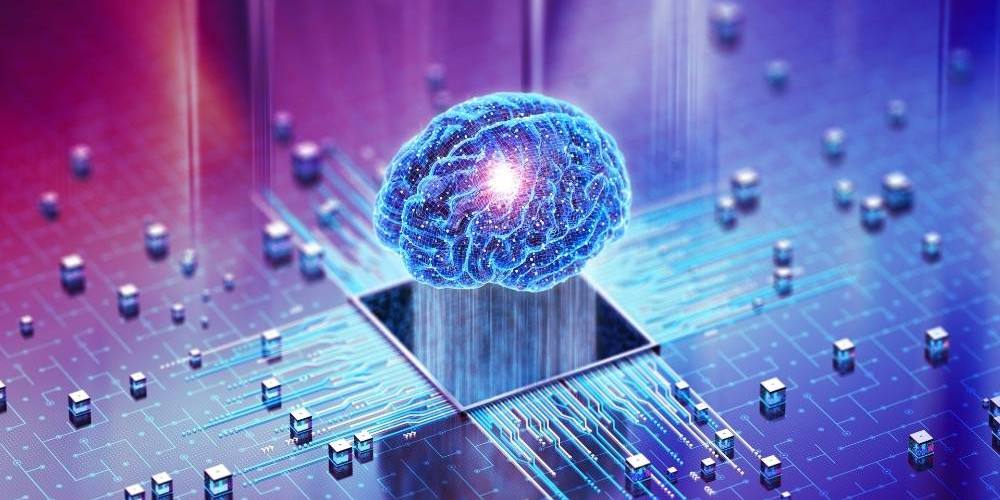The concept of intelligent living has evolved far beyond smart gadgets and voice assistants. Today, it represents a new design philosophy — one that harmonizes technology, mindfulness, and human well-being. In this next era of digital transformation, innovation is not just about making life faster or more connected — it’s about making life calmer, more meaningful, and more human.
The Shift from Smart to Soulful
For years, “smart” technology focused on convenience — faster performance, instant access, automation. But as screens multiplied and notifications invaded every corner of our lives, the need for digital peace became urgent.
Now, we’re entering a phase where technology doesn’t compete for attention — it protects it. Intelligent living means using innovation to restore balance, not disrupt it. It’s the quiet evolution where data meets design, and productivity coexists with peace of mind.
The real breakthrough is not smarter devices — it’s smarter living.
The Three Pillars of Intelligent Living
To design a truly intelligent lifestyle, three interconnected pillars define the new digital philosophy:
1. Seamless Integration
Technology should disappear into daily life — not dominate it. The most advanced systems are the ones that fade into the background, anticipating needs before they arise. Think homes that adapt to your mood, lighting that responds to your circadian rhythm, and interfaces so intuitive they feel invisible.
2. Mindful Design
Every digital touchpoint must serve emotional clarity. Mindful design doesn’t overload users with options; it guides them gently toward what matters. This balance between interaction and stillness transforms devices into companions for calm rather than distractions.
3. Sustainable Intelligence
True innovation respects both the human and environmental ecosystem. Intelligent living means minimizing waste, conserving energy, and designing technology that serves purpose — not just progress.

When Technology Learns to Breathe
Imagine a home that knows when to dim the lights because your stress levels are high. A workspace that encourages micro-breaks when your concentration dips. Or a digital interface that simplifies when you’re overwhelmed.
This is the future of responsive tranquility — environments that understand human rhythms and support them, rather than overwhelm them. It’s where AI doesn’t just automate, but empathizes.
The ultimate goal isn’t to control technology — it’s to coexist with it gracefully.
Redefining Luxury: Calm as the New Status Symbol
In a hyperconnected world, silence has become rare — and therefore, luxurious. The modern definition of success is not accumulation, but alignment. Intelligent living redefines luxury not as having more, but as needing less — less noise, less friction, less cognitive clutter.
When technology serves tranquility, it becomes a tool for consciousness. The future belongs to those who design for mental stillness in digital motion.
The Path Forward
The convergence of artificial intelligence, environmental design, and mindfulness marks a new paradigm: technology with empathy. It’s not about rejecting innovation, but refining it — crafting systems that think faster but act softer.
Intelligent living is not a product; it’s a mindset. It challenges creators, brands, and individuals to ask one question: Does this technology make life feel lighter or louder?
Only one of those paths leads to peace.



